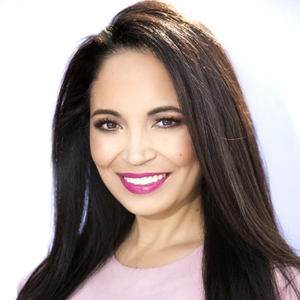Diversity & Inclusion: Creating a Positive and Successful Work Culture
“Diversity” and “inclusion” appear to be today’s corporate buzz words. Nowadays, organizations are spending close to $8 billion annually to receive proper training for their employees to help remove their biases and foster mindsets fueled by acceptance and give them more of a competitive edge for success.
Both “diversity” and “inclusion” are sometimes used interchangeably… but their meanings are unique.
Diversity includes:
- understanding and valuing differences among peers based on race, gender, ethnicity, age, religious beliefs, disabilities, political beliefs, and sexual orientations.
- respecting others despite their differences in education, skill sets, life
experiences, and personalities.
Inclusion involves creating and working within a collaborative, supportive and considerate environment. That environment encourages everyone’s participation and appreciates all positive contributions made.
Through the proper combination of diversity and inclusion, businesses are at an advantage compared to those lacking this desirable skill set.
The human resource departments of businesses the world over are scrambling to design diversity and inclusion training programs. Many of their efforts will fall short of success. But, this is because they will lack a key component of diversity and inclusion: emotional intelligence.
Here’s something people tend to overlook about biases: most of them have been deeply rooted in our core belief systems. So, simply telling or training people to get along, respect one another and embrace their unique characteristics seldom bears fruit. Emotional intelligence enables us to dig deeper into our personal belief systems through self–awareness. Once we have honed our self–awareness, we can connect to each person as an individual, as opposed to a group. We can grant ourselves the ability to understand the root causes of the biases which hold us back from being successful.
It is only when we reach an understanding of our personal biases that we can then recognize the impact they have on our lives. Most biases are deep in our subconscious; as a result, we often live our lives under a negative belief system. This negativity can manifest itself as fear, hatred, jealousy, etc. of those who are different than us. And, this is without us even realizing how it’s ultimately self–defeating.
The reality is this: we are much more similar than we are different. If we take the time to acknowledge and welcome those similarities, we can learn to appreciate our differences. This will stimulate the creation of more engaging and innovative ideas. Think about it; if all our beliefs and perspectives were uniform, nothing new, fresh or exciting would ever exist.
Last summer, I attended a Yanni concert. Between his performances, he discussed how he has performed across the globe and has the blessing of being able to partake in a variety of cultures. What stood out to me the most was when he said, “We are all one race, the human race.” When we comprehend this concept, we learn to be more open to different viewpoints and learn from those who hold them. This is not to say that we agree with everyone’s views or ideas, rather we gain mutual respect and we can increase our abilities to innovate and create.
Businesses must learn how to integrate the “same but different” approach in their workforces. By encouraging the study and practice of emotional intelligence, we can further learn to rewire our mindsets towards acceptance, awareness of others and an ability to positively strengthen relationships. As we develop our understanding and implementation of diversity and inclusion, we will be able to work in an environment that provides fair treatment to everyone. What should follow is stronger teamwork and collaboration, representation of all backgrounds and the development of proper conflict resolution practices.
All this must start from the top though. It is imperative that leaders inspire change for the better and set the tone. With consistency and flexibility, we can increase productivity and employee morale, while decreasing employee turnovers.
When it is all said and done, we are stronger united than we are alone.
This post is written by Inez Barberio, one of the Eagle Rise speakers.

